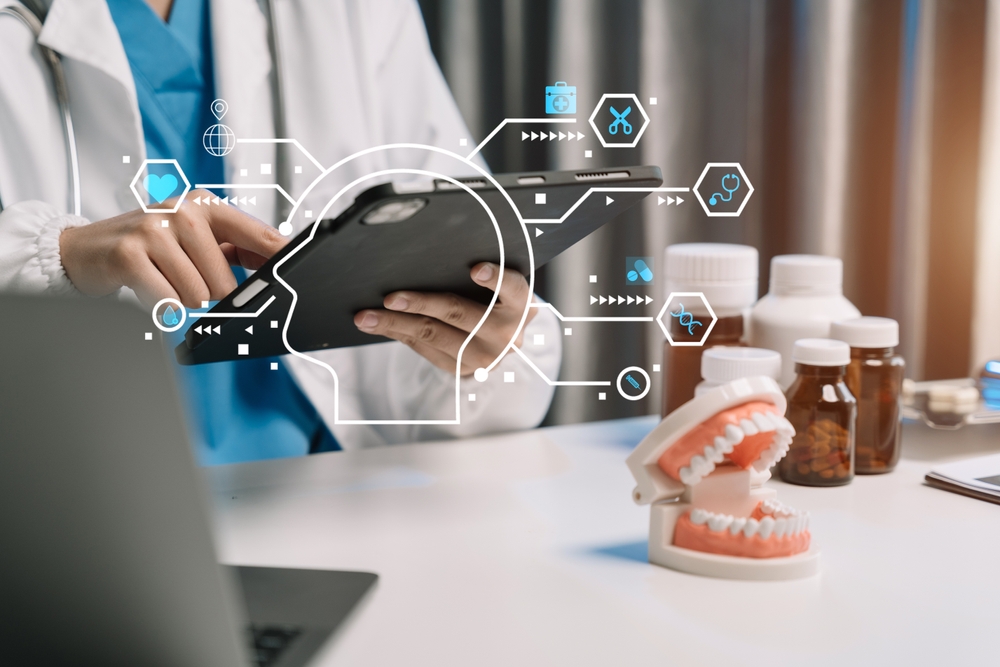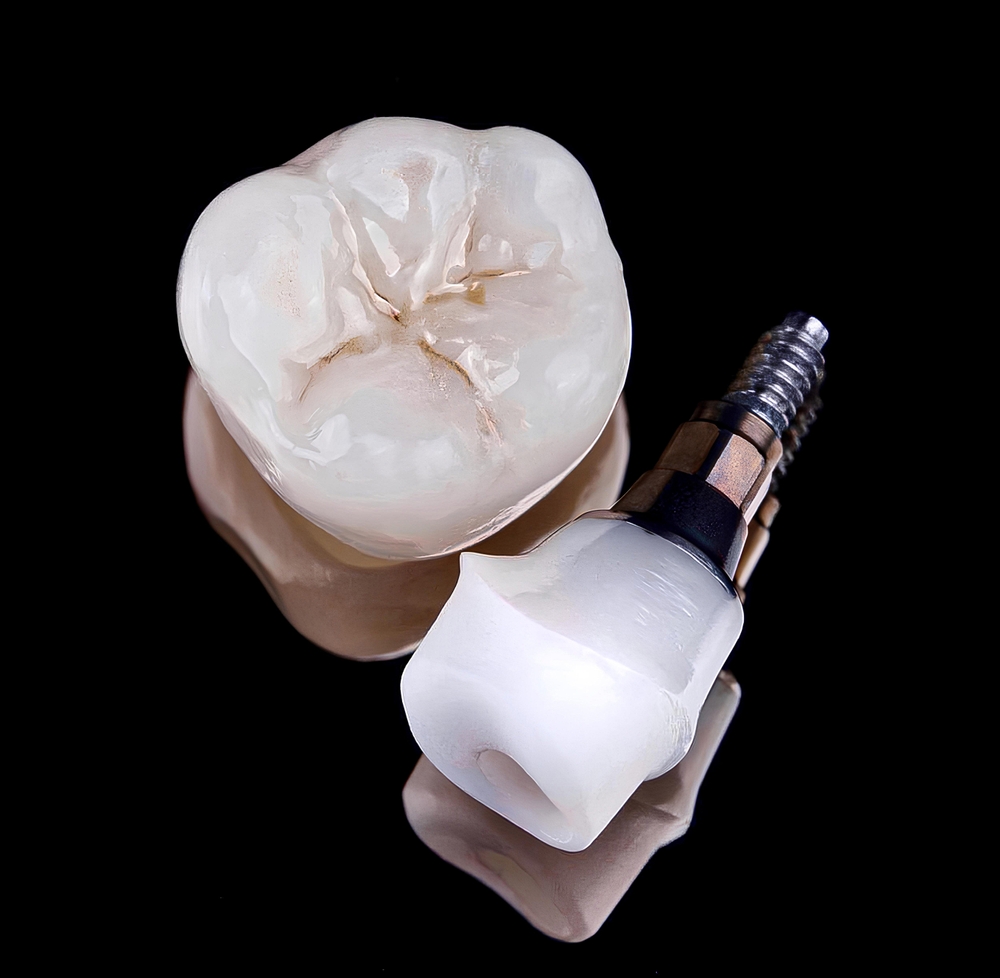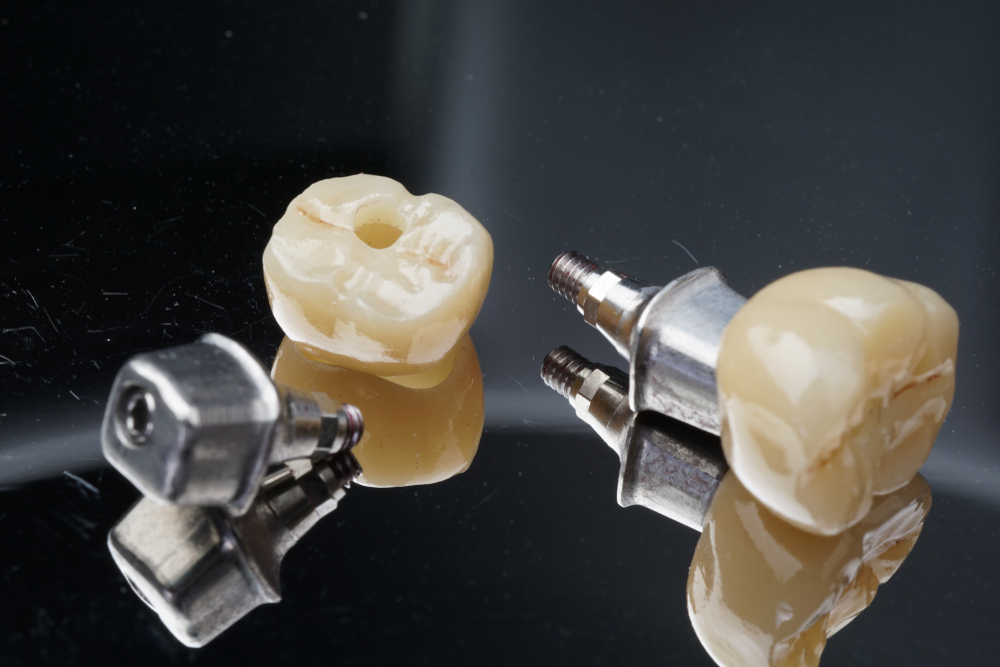The field of dentistry has continually evolved, embracing technology to improve patient care and treatment outcomes. Among the many advancements, intraoral scanners stand out as a game-changer. These devices, pivotal in modern dentistry, allow for digital impressions of a patient’s mouth, marking a significant leap from traditional methods.
What are Intraoral Scanners?
Intraoral scanners are advanced dental devices used to create digital 3D models of a patient’s mouth. They represent a significant technological advancement in dentistry, moving away from traditional physical impressions which can be uncomfortable for patients and more time-consuming for dental practitioners.
Intraoral scanners work by utilizing advanced optical scanning technology, often involving lasers or structured light, to capture detailed images of a patient’s teeth and gums. During the scanning process, a dentist maneuvers the handheld scanner around the patient’s mouth. As the scanner emits light, it reflects off the oral surfaces, and the device’s camera captures these reflections. Sophisticated software algorithms then process these images in real-time, stitching them together to create a highly accurate and detailed 3D digital model of the mouth.
This process not only offers a more comfortable and gag-free experience for patients compared to traditional impression methods but also ensures greater precision and efficiency. The resulting digital model can be seamlessly integrated with other dental software for various applications, including the design and fabrication of dental restorations using CAD/CAM technology. This innovation marks a significant leap in dental practice, enhancing patient comfort, reducing treatment times, and improving overall treatment outcomes.
Advantages of Intraoral Scanners
Enhanced Accuracy and Precision:
Intraoral scanners significantly enhance accuracy and precision in dental procedures, marking a substantial improvement over traditional impression techniques. These advanced devices employ high-resolution imaging technology to capture intricate details of a patient’s oral anatomy. As the scanner moves around the mouth, it meticulously records every contour and crevice of the teeth and gums, generating a highly detailed 3D digital model. This accuracy is crucial for creating dental restorations and appliances that fit perfectly, reducing the need for subsequent adjustments. The precision of these scans ensures that restorations like crowns, bridges, or implants are manufactured to exact specifications, leading to better outcomes in terms of fit, function, and aesthetics.
Improved Treatment Efficiency:
The digital workflow facilitated by intraoral scanners speeds up the entire process of restoration fabrication. By capturing highly accurate digital impressions of a patient’s mouth within minutes, these scanners eliminate the need for traditional, time-consuming impression methods that involve mixing and setting dental molds. Furthermore, digital impressions can be sent directly to a dental lab or used in-office for CAD/CAM fabrication, significantly reducing turnaround times compared to traditional methods.
Better Patient Comfort:

Traditional impression materials can be uncomfortable, messy, and may trigger gag reflexes in some patients. Intraoral scanners eliminate these discomforts, providing a more pleasant experience for patients. Moreover, the digital nature of these scans allows for comprehensive analysis and measurement, enabling dentists to plan and execute treatments with a level of precision that was previously unattainable with manual methods. This technological leap not only elevates the standard of dental care but also significantly improves patient satisfaction due to the superior fit and comfort of dental restorations.
Reduced Material Costs and Waste:
Since intraoral scanning is a digital process, it eliminates the need for physical impression materials like alginate or silicone, which can be costly and produce waste.
Enhanced Communication with Dental Labs:
Digital impressions can be instantly shared with dental laboratories, bypassing the delays associated with shipping physical molds. This swift transfer of data facilitates quicker turnaround times for the fabrication of dental restorations like crowns, bridges, and orthodontic appliances. Additionally, the precision of digital impressions reduces the likelihood of errors, minimizing the need for rework or adjustments.
Immediate Validation and Adjustment:
Intraoral scanners provide real-time feedback, allowing dentists to immediately check the quality of the impression and make necessary adjustments on the spot.
Integration with Digital Dentistry Workflow:
These scanners integrate smoothly with other digital dentistry tools, such as 3D printers and milling machines, facilitating a fully digital workflow for the fabrication of crowns, bridges, veneers, inlays, onlays, and implant restorations. For treatments done in-house, such as with CAD/CAM systems, the integration of intraoral scanners allows for same-day dental restorations, significantly reducing the number of patient visits required.
Improved Case Presentation and Patient Education:
The 3D images generated can be used to effectively communicate treatment plans to patients, helping them understand the proposed treatments and increasing case acceptance rates.
Long-term Storage and Accessibility:
Digital impressions can be stored indefinitely without physical degradation, providing easy access for future reference or when creating additional restorations.
Customization and Versatility:
Intraoral scanners are highly versatile, allowing for the customization of restorations to a degree that may not be possible with traditional impressions.
Conclusion
Intraoral scanners have revolutionized dental practice, offering remarkable benefits in accuracy, efficiency, and patient comfort. As dental technology continues to advance, embracing such innovations is essential for modern dental practices aiming to provide the best patient care.




